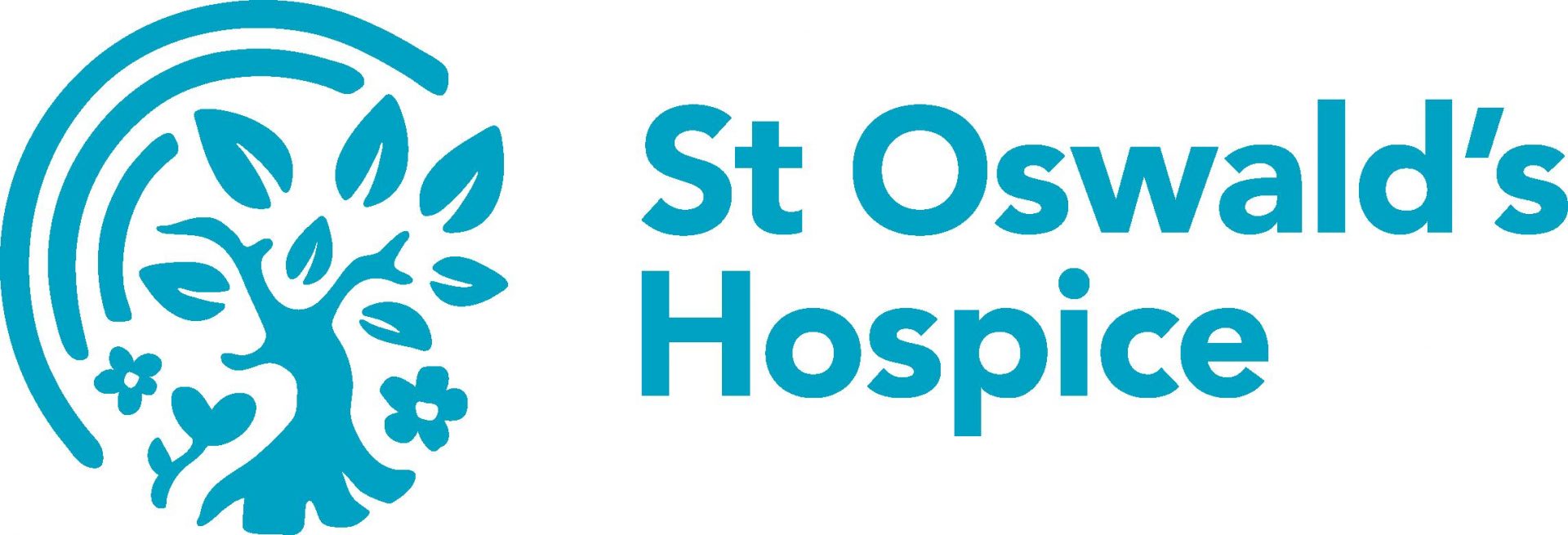Quality assurance tool for palliative care
Purpose of the tool
The Neuberger Review recommended that the Liverpool Care Pathway for the dying should be phased out. St. Oswald’s Hospice took the opportunity to rethink how care should be monitored with two key principles:
1) Monitoring care should not be limited to the last hours and days of life.
2) Patients and their partners and relatives should be included in the monitoring of care.
All elements have been developed in-house and the key aim is to monitor and audit the care of individuals at any stage of their illness and to do so in partnership with the individual and their partner and/or family.
The key features of the QA document are that it:
- Emphasises the quality assurance aspect for the individual.
- Is purposefully very short.
- Is not a care plan, but a prompt to ensure an individualised care plan is created and monitored.
- Requires a regular check for treatment opportunities.
- Adds space to initial every entry to increase accountability.
- Does not include drug advice.
- Applies to all ages.
How to use the tool
Only one page is used at any one time
There are two versions:
An Observational QA tool: for use in individuals who cannot contribute to their assessment.
A Shared Care QA tool: for those well enough to contribute or do their own assessment.
The QA document is divided into two sections:
1. Initial assessment
2. Ongoing assessment
A third section documents confirmation that an individual is dying and care after death.
To be clear who is completing each entry you are asked to mark whether it is a patient (P), staff (S) or relative (R).
Any assessments or goals to which the answer is ‘No’ are potential problems. Any information related to initial assessment, ongoing care and care after death can be recorded on the reverse of the sheets.
Confirmation that an individual is dying is documented in the ‘confirmation’ section
Verification of death details can be recorded in the ‘care after death’ section of the document and should be completed by the Registered Nurse or Doctor as appropriate.
Arrangement of documentation in notes
The Initial assessment is completed on first contact.
The Ongoing Assessment is completed at each review point.
Documentation: this is written on the reverse of each assessment sheet. Additional evaluation sheets can be added if necessary.
Initial Assessment
Key demographics in the left hand column consists of 16 key aspects to establish the plan of care promoting quality assurance for each individual patient.
This is completed at first contact.
Ongoing assessment
This consists of up to 18 quality assurance prompts which support an individual approach to care. In outpatients all are assessed at each visit. For inpatients, nine of these are assessed up to six times every 24 hours and nine are assessed once daily.
Any responses should be recorded on the sheet as necessary. Any information related to ongoing care can be recorded on the reverse of the sheet.
Dying patients
Confirmation that an individual is dying is documented in the ‘confirmation’ section.
Details of the death can be recorded in the ‘care after death’ section of the document and should be completed by the Registered Nurse or Doctor as appropriate.
